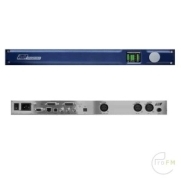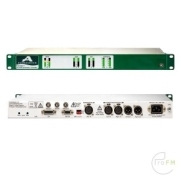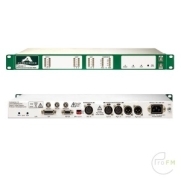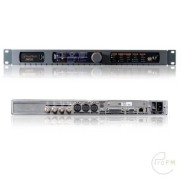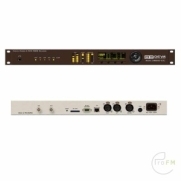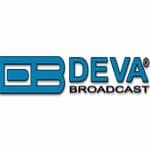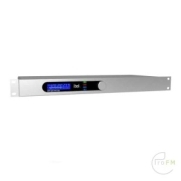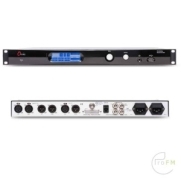FM Stereo Encoders
 FM stereo encoders are equipment to be used to transmit stereo audio signals over the FM band.
FM stereo encoders are equipment to be used to transmit stereo audio signals over the FM band.
It takes the left and right audio channels and combines them into a composite stereo signal compatible with FM transmission standards.
This composite signal includes the main channel, a subcarrier for stereo information, and pilot tone for stereo decoding.
And at its core, an FM stereo encoder employs a process called multiplexing. This process combines the left and right audio channels into a single signal for transmission.
So additionally, it generates a pilot tone, typically at 19 kHz, which serves as a reference for stereo decoding at the receiver end. Moreover, it adds a subcarrier signal (typically at 38 kHz) that carries the stereo information, allowing receivers to separate and decode the left and right audio channels.
And ofcourse ,FM stereo encoders play a vital role in radio broadcasting because they enable broadcasters to transmit high-quality stereo audio signals over the FM band.
By harnessing the power of stereo encoding, broadcasters can deliver superior audio quality, ensure compatibility with FM receivers, gain a competitive edge, and ultimately enhance listener satisfaction. So In the dynamic world of radio, embracing FM stereo encoding is key to captivating audiences and staying ahead of the curve.
Showing all 9 results


